Results 3,691 to 3,700 of 12096
Thread: Anandtech News
-
03-02-14, 12:30 PM #3691
Anandtech: Interacting with HTPCs: IOGEAR and SIIG Options Reviewed
There are many options in the market for users wanting to interact with HTPCs and media streamers. In this short piece, we review the keyboard / trackball / touchpad options from IOGEAR and SIIG and look at how they stack up against one of the most popular products in the category, the Logitech K400.
More...
-
03-03-14, 08:00 AM #3692
Anandtech: AMD updates driver and programming tools roadmap for supporting HSA featur
In our Kaveri review, we discussed HSA and that Kaveri brings many exciting hardware features such as true CPU/GPU shared memory (hUMA) and others such as heterogeneous queueing (hQ). However, at launch they were not really exposed in the drivers. AMD has now provided an update on the driver roadmap for exposing the hardware features to various compute APIs.
Today AMD is expected to release a beta driver for Windows that exposes some shared memory extensions to OpenCL. Currently, AMD ships an OpenCL 1.2 implementation for Kaveri. OpenCL 1.2 standard by itself does not really expose shared memory features properly but OpenCL 2.0 will have more robust support. AMD does not have a full OpenCL 2.0 driver yet, but today they will be providing some of the 2.0 functionality as extensions in their current OpenCL 1.2 driver. I don't have the details on the exact extensions supported, and I will update the article when I do.
However, OpenCL is only part of the story. Kaveri's promise is that it will provide driver support for HSA software stack which includes components such as a compiler for HSAIL and a HSA runtime. HSA software stack will enable high-level languages and simplified programming models and the exciting HSA developments appear to be happening on Linux first. In Q2 2014, AMD will release a beta HSA software stack for Linux. The Linux HSA stack release will be around the same time as release of Berlin APU for servers and Bald Eagle APU for embedded applications. These are both variations of Kaveri for different markets and in both of these markets Linux plays a very important role.
The HSA runtime stack for Linux will enable compiler writers and low-level library developers to start developing for HSA. The official HSA runtime API specifications are not finalized yet, and this release will be based upon prototype specifications. However, I think the prototype driver will be close enough to the final specifications that it will not matter much to developers.
Most developers are not interested in the base HSA stack and instead will prefer higher-level languages and tools. Several programming languages and tools will be released this year for targeting HSA. First, AMD will release an HSA-enabled version of their Java Aparapi library. Currently Aparapi targets OpenCL 1.2 for all OpenCL capable systems, and the mentioned release will include optimizations specific to HSA enabled systems. The HSA-enabled release of Aparapi is already under development and testing and should be released soon after the HSA stack release.
At some point this year, Multicoreware is expected to release the HSA backend for their C++ AMP implementation for Linux. Finally, AMD also mentioned that an extension of GCC is being worked on with SUSE that compiles C/C++/Fortran OpenMP code to generate code for HSA. I am not sure about the version of GCC and the version of OpenMP supported, or whether this will depend on non-standard directives and I will update the article if I get this information.
To summarize, AMD is continuing to work on exposing Kaveri's differentiating hardware features such as hUMA and hQ to various programming languages and tools. This year we should see the HSA stack and associated tools and languages stabilizing and becoming very usable for Linux developers, especially for server and embedded markets. For Windows, at least applications using OpenCL will be able to tap into some of Kaveri's new hardware features and more options should be coming down the pipeline.
More...
-
03-03-14, 08:32 AM #3693
Anandtech: Apple Announces CarPlay: iOS in the Car Arriving in 2014
Earlier this morning Apple officially branded its iOS in the Car initiative as CarPlay. At a high level CarPlay allows iPhone 5/5c/5s users to access certain apps on their phone via an in-car infotainment display. It's effectively iPod integration on steroids. One of the biggest departures from the iPod integration efforts we've seen in previous vehicles is the user interface appears to be consistent across vehicles. Large, iOS 7-styled application icons adorn the UI rather than something that varies by auto maker. There's a virtual home button as well as icons for phone, music, iOS Maps and messages. Apple's CarPlay website lists a handful of apps that are supported by the technology, with the promise of more to come.
Interacting with CarPlay can be done via buttons/knobs or directly by touch (if available). It's important to note that CarPlay likely won't replace the need for checking an expensive box on your car's option list. The OEM still needs to provide the underlying hardware/interface, CarPlay simply leverages the display and communicates over Apple's Lightning cable.
The technology will show up in select new vehicles arriving this year. Ferrari, Honda, Hyundai, Jaguar, Mercedes-Benz and Volvo are launch partners, with the first cars likely being shown off at this year's Geneva Motor Show later this week.
Apple's approach to CarPlay seems to be more integrated than previous efforts, however it's unclear how strict/specific the hardware requirements are for automakers. We'll have to wait and see what actual implementations end up looking like, but I rarely encounter a car maker that seems to "get it" when it comes to integrating a fast and intuitive infotainment system. CarPlay clearly attempts to at least control the Apple side of the interface, I just can't help but wonder if the right solution for revolutionizing compute in vehicles is one step below at the platform level. In fact, if we look at Apple's preferred solution to most problems it almost always involves controlling the complete experience rather than just one portion of it.
Google is of course working on its own in-car solution based on Android. The Open Automotive Alliance is composed of Audi, GM, Honda, Hyundai, Google and NVIDIA. NVIDIA's inclusion implies more of a platform level play. The first Android powered cars will show up later this year.
Gallery: Apple Announces CarPlay: iOS in the Car Arriving in 2014





More...
-
03-03-14, 10:31 AM #3694
Anandtech: Color Gamut in Smartphones: Why Bigger isn't Always Better
Post-MWC, with the launch of at least two of the major high-end flagships in the smartphone space, the basics are becoming increasingly easier to get from OEMs like high DPI displays, the latest SoC, and a plethora of RAM. Therefore, other pieces of the smartphone become increasingly important. One of the most misunderstood parts of the smartphone is a display’s accuracy. Much of this can be chalked up to a lack of existing literature on the subject when it comes to smartphone display quality, which made it easy for subjective evaluation to be the rule.
Of course, even in the PC display space, good displays were incredibly rare because of the race to the bottom for cost. Because reviewers simply didn’t highlight display quality/calibration quality in any objective manner, PC OEMs could cut costs by not calibrating displays and using cheaper panels because people adapted to the color, whether it was accurate or not. The end result was that the early days of the smartphone display race were filled with misinformation, and it has only been recently that smartphone OEMs have started to prioritize more than just contrast and resolution.
Perhaps one of the greatest misconceptions in evaluating display quality is gamut. Many people associate larger gamut with better display quality, but taking this logic to the extreme results in extremely unrealistic colors. The truth, as always, lies somewhere in between. Too large or too small of a gamut makes for inaccurate color reproduction. This is where a great deal of the complexity lies, as many people can be confused as to why too large of a display gamut is a bad thing. This certainly isn't helped by marketing, which pushes the idea of greater gamut equating to better display quality.
The most important fact to remember is that all of the mobile OSes are not aware of color space at all. There is no true color management system, so the color displayed is solely based upon a percentage of the maximum saturation that the display exposes to the OS. For a 24-bit color display, this is a range of 0-255 for each of the RGB subpixels. Thus, 255 for all three color channels will yield white, and 0 on all three color channels yields black, and all the combinations of color in between will give the familiar 16.7 million colors value that is cited for a 24-bit display. It's important to note that color depth and color gamut are independent. Color gamut refers to the range of colors that can be displayed, color depth refers to the number of gradations in color that can be displayed.
Reading carefully, it’s obvious that at no point in the past paragraph is there any reference to the distribution of said colors. This is a huge problem, because displays can have differing peaks for red, green, and blue. This can cause strange effects, as what appears to be pure blue on one display can be a cyan or turquoise on another display. That’s where standards come in, and that’s why quality of calibration can distinguish one display from another. For mobile displays and PC displays, the standard gamut is sRGB. While there’s plenty to be said of wider color gamuts such as Adobe RGB and Rec. 2020’s color space standards for UHDTV, the vast majority of content simply isn’t made for such wide gamuts. Almost everything assumes sRGB due to its sheer ubiquity.
While it may seem that a display with color gamut larger than sRGB would simply mean that sRGB colors were covered without oversaturation, the OS’ lack of colorspace awareness means that this isn’t true. Because the display is simply given commands for color from 0 to 255, the resulting image would have an extra saturation effect. Assuming that the saturation curve from 0 to 255 is linear, not a single color in the image would actually be the original color intended within the color space, and that’s true even within the color space. This is best exemplified by the saturation sweep test as seen below. Despite the relatively even spacing, many of the saturations aren't correct for a target color space.
On the flip side, another issue is when the display is constrained to sRGB, but the OEM applies a compression of saturation at the high end to try and make the colors "pop", even though it too reduces color accuracy of the display, as seen below on all but the magenta saturation sweep.
Ultimately, such quibbles over color gamut and the resultant color accuracy of the display may not be able to override the dominant discourse of subjectively evaluated color in a display, and many people prefer the look of an oversaturated display to that of a properly calibrated one. But within the debates that will undoubtedly take place over such a subject, it is crucial to keep in mind that regardless of personal opinion on display colors, color accuracy is a quantitative, objective analysis of display quality. While subjectively, one may prefer a display that has a color gamut larger than sRGB, objectively, such a display isn't accurate. Of course, including a vivid display profile isn't a problem, but there should always be a display profile that makes for accurate color.
More...
-
03-03-14, 12:00 PM #3695
Anandtech: An Update to Kingston SSDNow V300: A Switch to Slower Micron NAND
If you are a forum active or a recent buyer of Kingston SSDNow V300 SSD, there is a chance that you're aware of its performance issues. In short, users have been reporting lower performance (up to 300MB/s difference in AS-SSD sequential read speed) of drives with 506 firmware pre-installed, which is the version retailers currently sell. I've received numerous emails regarding this issue from readers looking for answers, and now I finally have them.
Like many SSD OEMs, Kingston buys its NAND in wafers and does its own validation and packaging. As a result figuring out the original manufacturer is not possible without the help of Kingston because there are no public data sheets or part number decoders to be found. I've never been a big fan of OEM-packaged NAND because OEMs tend to be more tight-lipped about the specifics of the NAND and it's easier to silently switch suppliers, although I do see the economical reasons (NAND is cheaper to buy in wafers).
So far there's not been much harm from this but I've been fairly certain that someone would sooner or later play dirty and use NAND packaging as a way to mask inferior NAND. Unfortunately that day has come, and as you can guess the OEM in question is Kingston and the product is their mainstream V300 SSD.
The first generation V300 (which was sampled to media) used Toshiba's 19nm Toggle-Mode 2.0 NAND but some time ago Kingston silently switched to Micron's 20nm asynchronous NAND. The difference between the two is that the Toggle-Mode 2.0 interface in the Toshiba NAND is good for up to 200MB/s, whereas the asynchronous interface is usually only good for only ~50MB/s. The reason I say usually is that Kingston wasn't willing to go into details about the speed of the asynchronous NAND they use and the ONFI spec doesn't list maximum bandwidth for the single data rate (i.e. asynchronous) NAND. However, even though we lack the specifics of the asynchronous NAND, it's certain that we are dealing with slower NAND here and Kingston admitted that the Micron NAND isn't capable of the same performance as the older Toshiba NAND.
Comparison of Kingston V300 Revisions Revision Original (no longer available) New (currently available) Pre-Istalled Firmware 505A 506A NAND Toshiba 19nm Toggle-Mode 2.0 Micron 20nm asynchronous NAND Interface Bandwidth 200MB/s ~ 50MB/s (?) AS-SSD Incompressible Sequential Read ~ 475MB/s ~ 170MB/s AS-SSD Incompressible Sequential Write ~ 150MB/s ~ 85MB/s AS-SSD Incompressible 4K Read ~ 20MB/s ~ 15MB/s AS-SSD Incompressible 4K Write ~ 110MB/s ~ 65MB/s * AS-SSD performance data based on screenshots provided by a readerI have to say I'm disappointed. I thought the industry had already learned from its mistakes and that a switch in NAND supplier shouldn't be done silently (remember the hullabaloo OCZ caused when they silently switched from 34nm to 25nm NAND in Vertex 2?). Kingston assured me that this wasn't an intentional attempt to screw customers but a strategy decision made in order to stay within the bill of materials. Kingston was aware that they would have to switch suppliers at some point and in fact they are now looking for yet another supplier (likely Toshiba again). Frankly, I don't see the supplier change as an issue; the problem is that it was done without any notice and there's no public indication of what sort of NAND you'll get.
Kingston did say that they considered updating the name to V305 or similar to distinguish the two but in the end decided against that. In our talks we agreed that it wasn't a very good decision. It's not fair to sample media with one thing and then later start selling something else. Not everyone reads reviews but the buyers who do expect a certain level of performance and it's obvious that they will feel cheated if their unit performs significantly worse. I hope this is just a one-time occasion because that's perhaps excusable, but if this becomes a habit things will start to be fishy. Ultimately, the V300 wasn't a particularly fast SF-2281 SSD when it launched, but with the NAND update it's become quite a bit slower than other alternatives.
More...
-
03-04-14, 06:02 AM #3696
Anandtech: Intel's Haswell 4th Generation Processor Refresh: Prices Leaked
Most processor lines from Intel get an update mid-cadence, usually a few individual processors to fill up the product stack or another one on top for increased clock speeds. This time around, Intel are looking to release a long line of refresh processors according to various leaked sources. Like usual processor updates mid-cadence, an update in CPU clock speeds for a given price point is usually par-for-the-course, although in the past we have seen stepping changes that might offer a little more. At CPU-World, they have caught an e-tailer listing pre-order pricing information for several of the expected SKUs:
ShopBLT in the US has ten of the processors up to pre-order, although the dating of when they are expecting these processors remains unknown. Given the details provided by ShopBLT, we can build a table of competing components from the original Haswell processor launch:Pre-Order Pricing SKU Price USD Celeron G1840 2.8 GHz $47.51 Celeron G1850 2.9 GHz $59.20 Pentium G3240 3.1 GHz $70.96 Pentium G3440 3.3 GHz $90.54 Core i3-4150 3.5 GHz $132.73 Core i3-4350 3.6 GHz $155.12 Core i3-4360 3.7 GHz $166.31 Core i5-4590 3.7 GHz $213.36 Core i5-4690 3.9 GHz $235.75 Core i7-4790 4.0 GHz $326.48
Haswell Core i7 Core i7-4790
(New)Core i5-4771
(Current)CPU Speed 3600 MHz / 4000 MHz 3500 MHz / 3900 MHz Cores 4 4 Threads 8 8 L2 Cache 1024 KB 1024 KB L3 Cache 8192 KB 8192 KB IGP HD 4600 HD 4600 IGP Frequency ? / 1200 MHz 350 MHz / 1200 MHz TDP 84W 84W Price at Launch ? $314 (OEM) / $320 (box) Price Today $326.48 $319.99
Haswell Core i5 Core i5-4590
(New)Core i5-4570
(Current)CPU Speed 3300 MHz / 3700 MHz 3200 MHz / 3600 MHz Cores 4 4 Threads 4 4 L2 Cache 1024 KB 1024 KB L3 Cache 6144 KB 6144 KB IGP HD 4600 HD 4600 IGP Frequency ? / 1150 MHz 350 MHz / 1150 MHz TDP 84W 84W Price at Launch ? $192 (OEM) / $202 (box) Price Today $213.36 $199.99
Haswell Core i3 Core i3-4150 3.5 GHz
(New)Core i3-4130 3.4 GHz
(Current)CPU Speed 3.5 GHz 3.4 GHz Cores 2 2 Threads 4 4 L2 Cache 512 KB 512 KB L3 Cache 3072 KB 3072 KB IGP HD 4000 Series HD 4400 IGP Frequency ? 350 MHz / 1150 MHz TDP 54W 54W Price at Launch ? $122 (OEM) / $129 (box) Price Today $132.73 $124.99
Haswell Pentium Pentium G3440 3.3 GHz
(New)Pentium G3430 3.3 GHz
(Current)CPU Speed 3.3 GHz 3.3 GHz Cores 2 2 Threads 2 2 L2 Cache 512 KB 512 KB L3 Cache 3072 KB 3072 KB IGP HD (Haswell) HD (Haswell) IGP Frequency ? 350 MHz / 1100 MHz TDP 53W 53W Price at Launch ? $86 (OEM) / $93 (box) Price Today $90.54 $99.99
The newer processors have to deal with the older SKUs being price dropped initially, until stocks run dry. By this quick analysis the Celerons and Pentiums might be in the best position to sell at launch. As of yet there is no indication of a new unlocked –K series processor, or the prices updates to the lower power processor lines, despite this list provided by CPU-World that shows 20 SKUs coming for the fresh. I would expect a Xeon update as well perhaps, but those cards are still close to Intel’s chest.Haswell Celeron Celeron G1840 2.8 GHz
(New)Celeron G1830 2.8 GHz
(Current)CPU Speed 2.8 GHz 2.8 GHz Cores 2 2 Threads 2 2 L2 Cache 512 KB 512 KB L3 Cache 2048 KB 2048 KB IGP HD (Haswell) HD (Haswell) IGP Frequency ? 1050 TDP 53W 53W Price at Launch ? $52.00 Price Today $47.51 $59.99
Source: CPU-World
More...
-
03-04-14, 07:00 AM #3697
Anandtech: Bay Trail-D from ASUS: The J1800I-C
We previously reported on Bay Trail-D motherboards coming from ECS, GIGABYTE and Biostar, but today it is ASUS’ turn to add in a SKU to the mix. The J1800I-C, like the others, uses a passive cooler on a mini-ITX motherboard. Similar to ASUS’ recent styling on the mainstream segment, the J1800I-C heatsink comes in a gold color, and as the name suggests the motherboard uses the Celeron J1800 Silvermont based SoC. This is a dual-core 2.41 GHz part, with turbo up to 2.58 GHz and a TDP of 10W. The integrated GPU is a HD (Ivy Bridge) system at 688 MHz, which also has a turbo mode to 792 MHz.
The motherboard uses two SO-DIMM slots, and the SoC is limited to 8GB of DDR3L-1333 MHz memory. We also have a PCIe 2.0 x1 slot, a mini-PCIe slot, two SATA 3 Gbps ports, one USB 3.0 port, 6 USB 2.0 ports (4 back panel, one header) with also VGA and HDMI video outputs. The motherboard has a COM header as well as two 4-pin fan headers. Audio comes via a Realtek ALC887-VD codec, and the LAN is a Realtek RTL8111G gigabit Ethernet controller. ASUS is keen to promote that even on this low end SKU, users have access to the ASUS graphical BIOS and features like AI Suite 3, USB 3.0 Boost and Fan Xpert.
Similar to other Bay Trail-D motherboards, we expect the J1800I-C to be around $65 at retail. The focus on such a motherboard/SoC combination is usually integrated systems, such as digital signage, although it could equally be put forward for a low power small form factor system.
Source: ASUS
More...
-
03-04-14, 07:30 AM #3698
Anandtech: AMD AM1 Platform Announced: Socketed Kabini
From the Consumer Electronics Show at the turn of the year, images were coming out of motherboards supporting the FS1b socket. This socket was a pin-grid-array, rather than a soldered on package which we had seen at Computex 2013. Then a couple of weeks later, we reported on a leak regarding several PGA system-on-chips with the Kabini name destined for the FS1b socket. Today AMD is formalizing that announcement into the AM1 platform – A Kabini APU combined with a socketed FS1b motherboard.
We have examined Kabini in the laptop and mobile space; however AMD sees a market particularly in regions with low GDP. Users of these markets have asked for low cost systems that remain upgradable. With the AM1 platform, AMD are aiming for a combined SoC and motherboard in the $60 region, remaining socketed for an upgrade path.
The Kabini processors will be similar to their laptop counterparts – up to four Jaguar based CPU cores, a single memory controller supporting up to 1600 MHz memory and 128 streaming processors from the Graphics Core Next architecture. Due to the SoC element of the CPU, there is no chipset on the motherboard and all the IO will be present on the CPU itself. This should help drive the cost of the motherboards down such that another IC does not need to be engineered in. The Kabini APUs will source two SATA 6 Gbps ports, two USB 3.0 ports, eight USB 2.0 ports, four PCIe 2.0 lanes and a trio of video outputs (DisplayPort, HDMI, and VGA).
At launch, on April 9th, AMD have 15 motherboards planned from the major motherboard manufacturers. They will mostly be in the micro-ATX form factor, with a couple in the mini-ITX size. We reported on several motherboards from Computex and CES, such as this from MSI:
With the use of four PCIe 2.0 lanes, AMD is not expecting these systems to be used with anything other than a low end discrete graphics card (R5 230 or GT210) for more screens. The bandwidth would be limiting, and as a result anything other than low-resolution/low-quality gaming would be possible. Also, no dual graphics co-operation is currently planned from AMD.
The list of APUs coming to release, as far as we can tell, still comes from the leak via Chinese VR-Zone. Compared alongside some of the socketed Kabini:
At this time, AMD have not confirmed these SKUs. But we were able to confirm that AMD are aiming at the Kabini APU line to be 128 SPs and 25W. There are no plans to release lower wattage parts. The reasoning behind this is for desktop systems are often not restricted on power, and thus the difference between a 15W APU and a 25W APU is ultimately not that much at the end of the day, and the lower TDP part will sacrifice performance.AMD AM1 Kabini AMD FT3 Kabini A6-5350 A4-5150 E2-3850 E1-2650 A6-5200 E1-2500 Cores / Threads 4 / 4 4 / 4 4 / 4 2 / 2 4 / 4 2 / 2 CPU MHz 2050 1600 1300 1450 2000 1400 GPU HD 8400 HD 8400 HD 8280 HD 8240 HD 8400 HD 8240 GPU SPs 128 128 128 128 128 128 GPU MHz 600 600 450 400 600 400 L2 Cache 2MB 2MB 2MB 1MB 2MB 2MB TDP 25 W 25 W 25 W 25 W 25 W 25 W
The big competition for AMD in this segment is desktop Bay Trail. AMD are keen to point out the differences between the two:
So all Kabini APUs will support Windows XP onwards, and all accept both 32-bit and 64-bit operating systems. Maximum memory support is 16GB at DDR3-1600 MHz. A couple of points AMD fail to mention on this slide are relatively important:
- Kabini APUs are all single channel memory, compared to BayTrail / Silvermont CPUs that are dual channel.
- Kabini APUs are 25W, whereas Silvermont CPUs are 10-15W on average.
- Finding a non 64-bit BayTrail system is hard – I only found reference to BayTrail-T CPUs that might be 32-bit only, and these systems are not directly competing with Kabini APUs and the AM1 platform.
Further questioning to Adam Kozak has suggested that the AM1 systems should support memory overclocking above the verified DDR3-1600 MHz speed. Unfortunately these APUs will not have any Turbo Core technology however, nor will they support CPU overclocking.
I also probed further on a couple of topics:
Beema Desktop APUs replacing Kabini Desktop: Currently AMD is still discussing whether Beema will be released in a similar vein to AM1, preferably in the same socket despite the presence of the Platform Security Processor. There needs to be some longevity in the platform, but the focus on Beema to begin with will be in the laptop and mobile markets.
Robustness of AM1 over future updates: AMD hope to keep the FS1b socket for the AM1 platform going forward.
Scope for an 8-core Jaguar Kabini APU, or a 2-core and larger IGP: AMD will focus purely on the quad-core APU with 128 SP GCN graphics at this time.
Having briefly tested Jaguar in a desktop platform in-house, AMD are clearly making a low-end play where volumes can be high while profit-margins are low. Even if the motherboard and APU combined are $60, the rest of the system can easily double that, minus a monitor and an OS, which could bring the total up nearer $200 or $250. At this price point, the main competition is Windows (or Linux) enabled tablets, or depending on the workload, even Android enabled tablets. There is scope for other markets (as a cheaper compute machine) in there too. The single channel memory situation is a little odd when it comes to throughput, reducing peak bandwidth to 12.8 GB/s. The upgradable element for this market means that should faster processors come along, they would be upgradeable, however the jump to a Bulldozer-based architecture could be had for as little as $88 (AMD A4-4000 and GIGABYTE F2A55M-DS2) with more IO to play with.
Release date for Kabini APUs and motherboards: Formally the AM1 products are to be available in early April, with global availability expected on April 9th. Pricing and APU SKU lists have not been announced, so it is unclear if that $60 target for motherboard plus APU is on the low end or the high end. We have asked regarding samples for the platform and look forward to testing.
More...
-
03-04-14, 07:30 AM #3699
Anandtech: Western Digital My Cloud EX2 2-bay NAS Review
The market for 2-bay and 4-bay NAS units has been growing at a much faster rate compared to other configurations. This trend is only expected to accelerate over the next few years. As the 'cloud' becomes a more common buzz-word, the time is ripe to educate the average consumer about the benefits of purchasing a NAS system. Western Digital is aiming to tap into this opportunity with the My Cloud product line. Having already introduced 1-bay and 4-bay variants, they are launching their 2-bay product, the EX2 today. Read on for our hands-on experience with the Western Digital My Cloud EX2.
More...
-
03-04-14, 09:30 AM #3700
Anandtech: LG G Pro 2 - Mini Review
At MWC, LG announced their new G Pro 2, which was written up for an early hands-on and some analysis based upon the information given out by LG’s press release on the device. This is definitely not a device that was unexpected either, as the Optimus G Pro was unveiled at MWC as well, and was effectively a similar upgrade from the Optimus G, with a newer SoC, bigger display, and added a removable battery and microSD slot. To find out how it did under review, read on.
More...
Thread Information
Users Browsing this Thread
There are currently 44 users browsing this thread. (0 members and 44 guests)





 Quote
Quote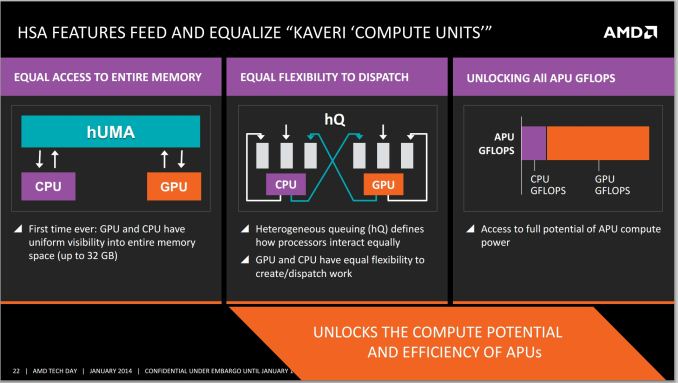
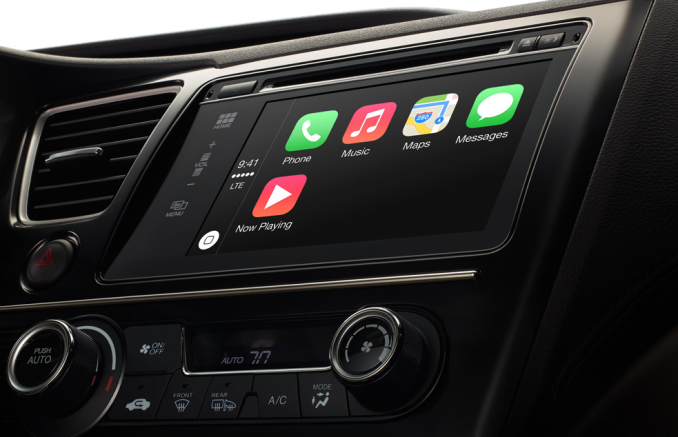



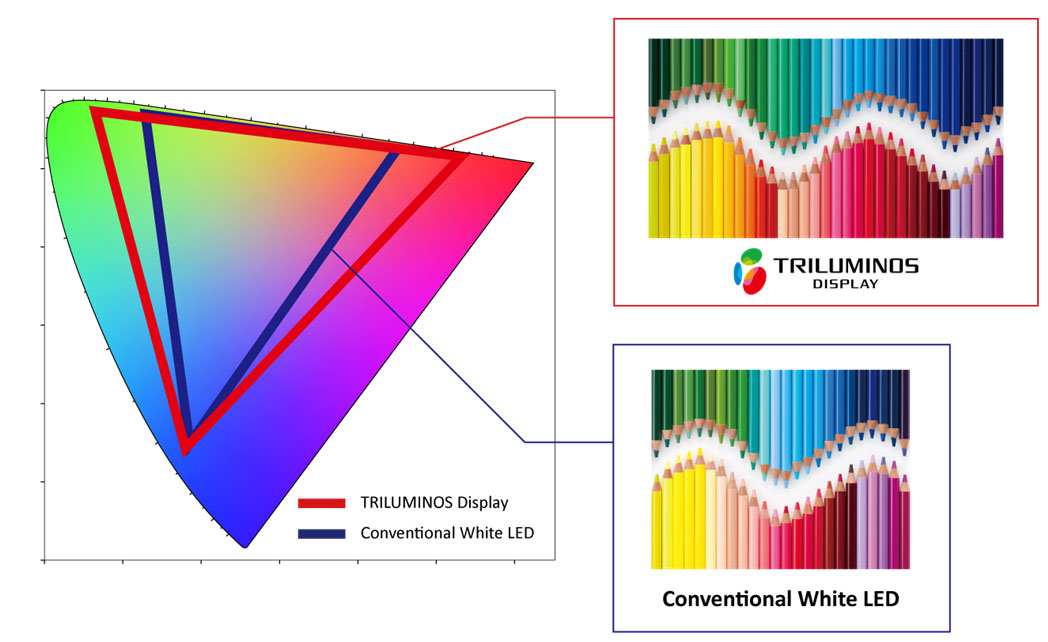
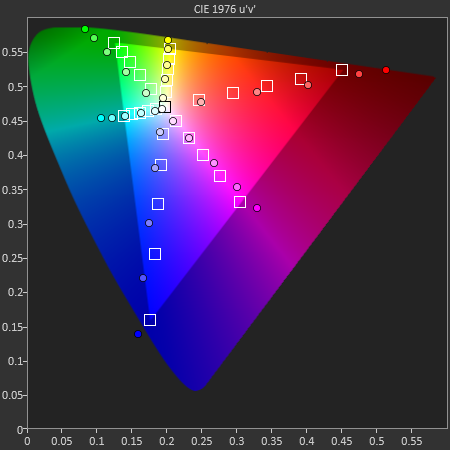
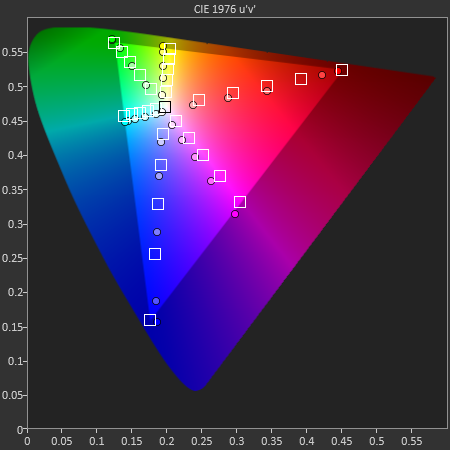
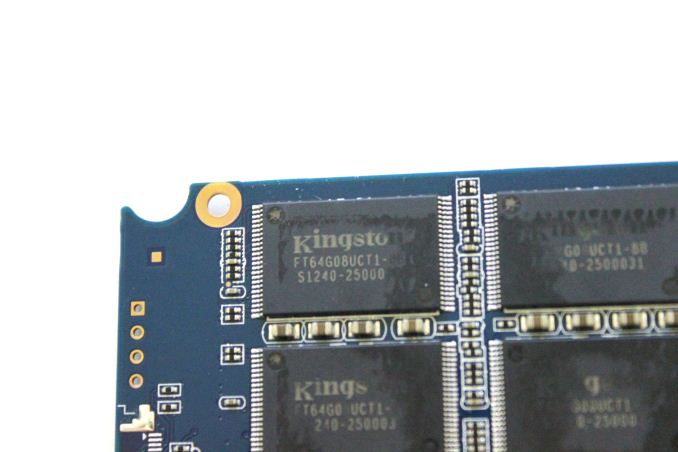
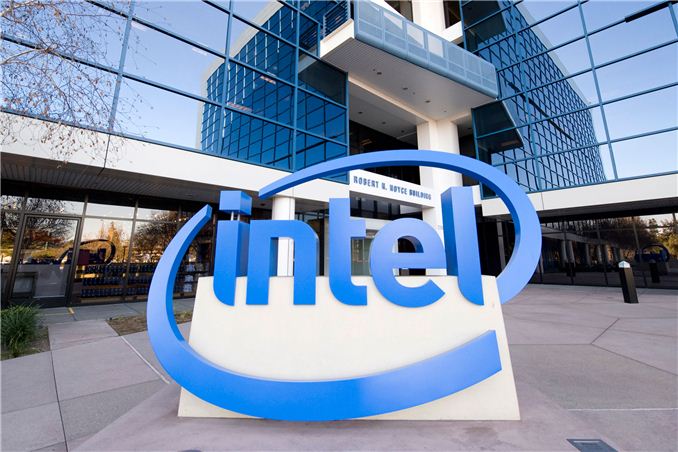
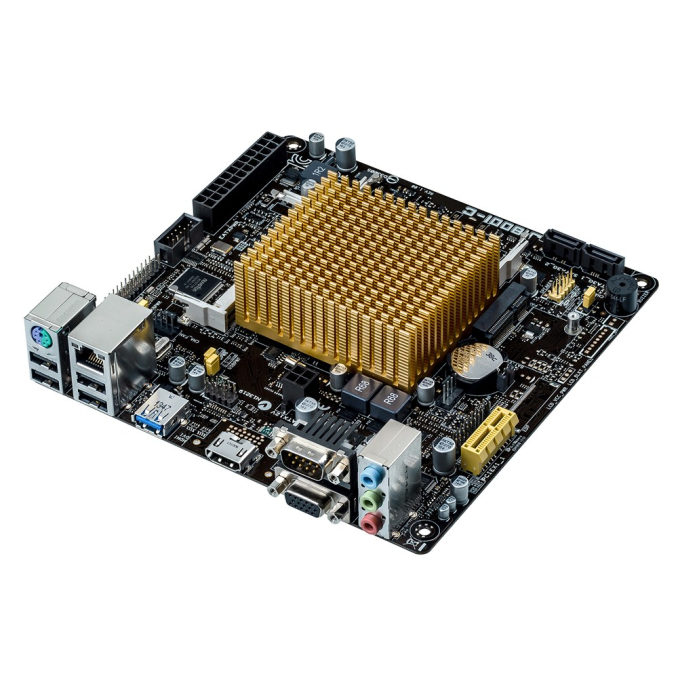


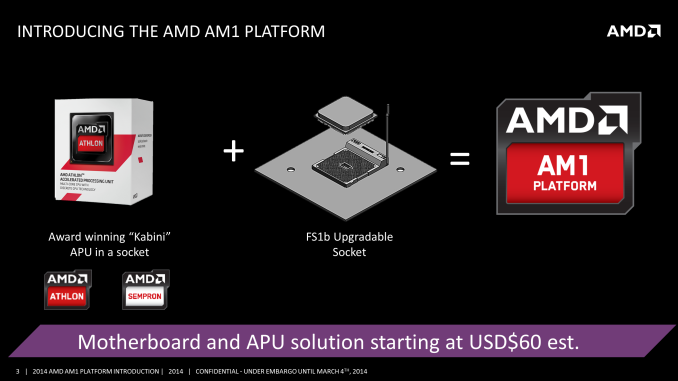
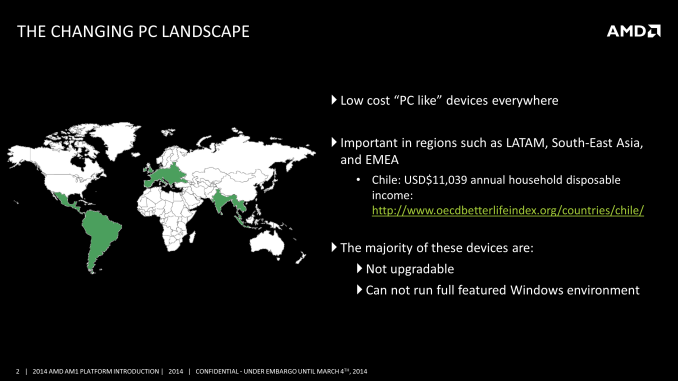
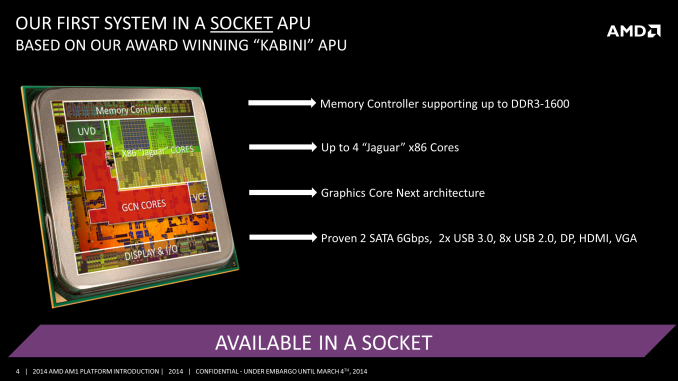
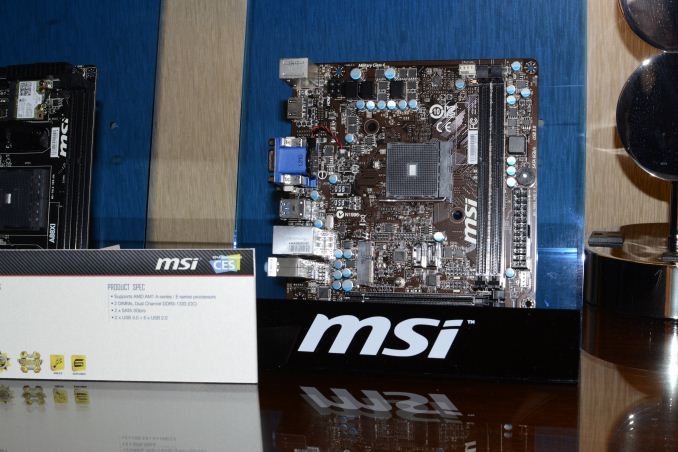

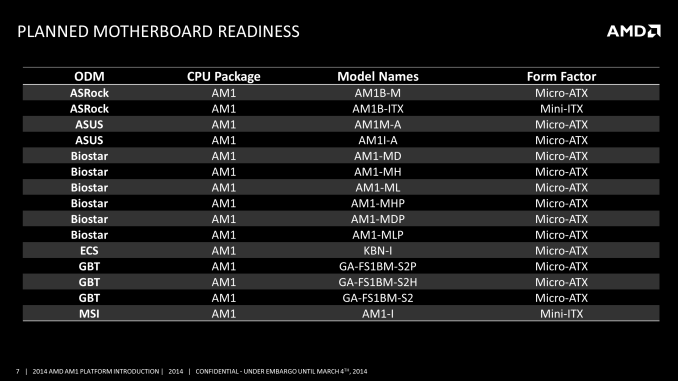
















Bookmarks